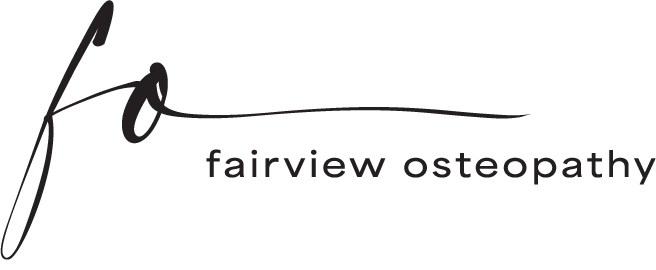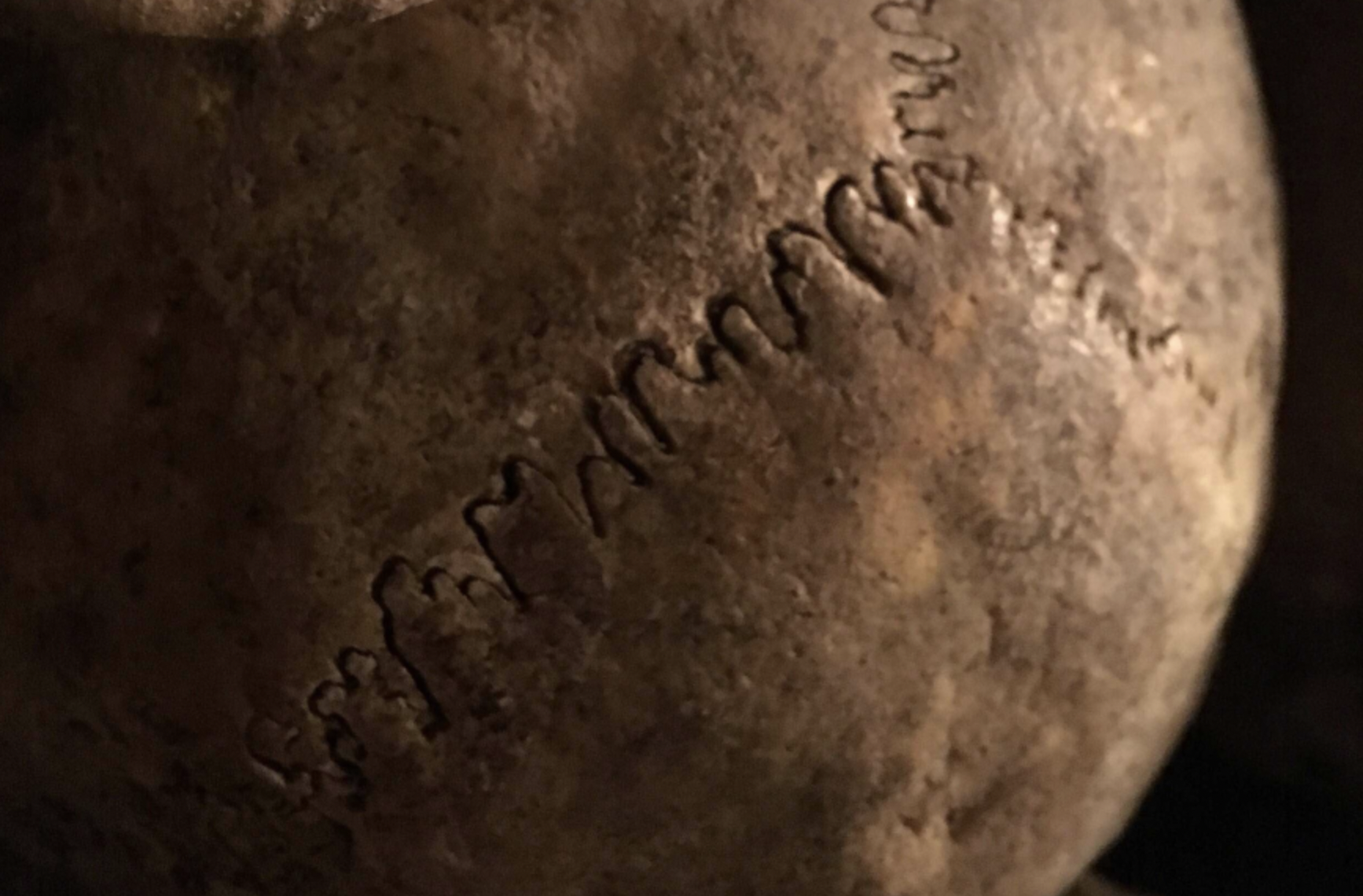Photo: Erica Trivett 2019 - Cranial suture
Osteopathy Manual Practice
Discover the transformative power of osteopathy and start your journey toward optimal health today.
What is Osteopathy?
A.T. Still, allopathic physician, founded and developed the science of osteopathy in the USA in the later part of 1800.
Osteopathy is a manual therapy that acknowledges the body in its entirety is a unit connected through different systems. For example the fascial and musculoskeletal systems provide support for the viscera and organs. This support extends to the arterial and venous systems as well as lymph, CSF and nerve pathways. The structure of the body will influence the function and vis versa, that function will influence the structure or form.
In Osteopathy Manual Practice the main goal is to support the health of the body and remove barriers that may be inhibiting or preventing the persons own innate ability to heal.
Benefits of Osteopathy
There are numerous reasons why people consult and receive osteopathic care: head or other physical traumatic events (motor vehicle accidents, sprains, whip lash, concussion), digestive troubles (reflux, heartburn), pain in the musculoskeletal system (back pain, frozen shoulder, arthritis), post operative and or scar work, headaches including migraines, difficulty sleeping, ears eyes nose and throat issues (including jaw/TMJ, dizziness, tinnitus) and more.
People of all ages from infants to the elderly seek alternative support in their health with the Osteopathic Practitioner.
What to expect at an Osteopathic Treatment
In an initial Osteopathy Treatment the practitioner will ask for a health history. They will evaluate the body osteopathically through touch and movement. The practitioner will then decide on a course of action appropriate to the individual with the intent to restore alignment and improve connections in the body.
Osteopathic Treatment may be longer for the initial visit 60-90 minutes and follow up visits can be from 45-60 minutes.




